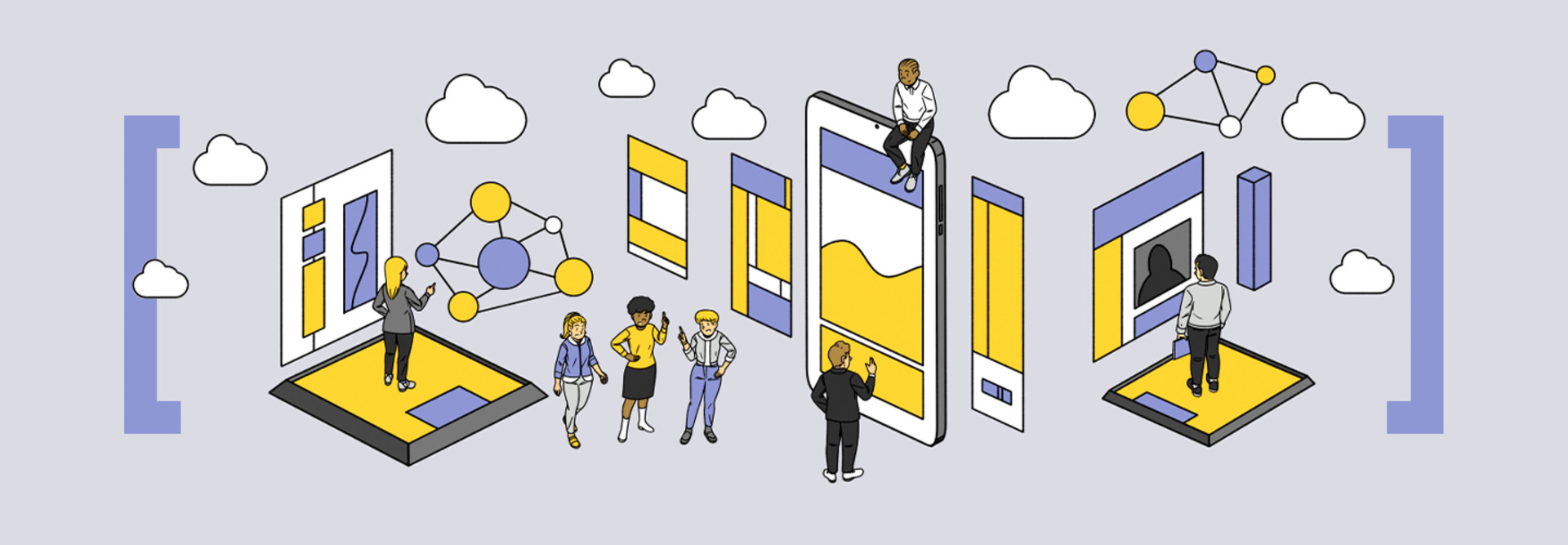Higher ed institutions have many software environments to manage, from collaboration to productivity and cybersecurity. Managing these ecosystems can be a full-time job that includes troubleshooting, warranty and license management, incident response, and more. With increased demands being placed on higher ed IT departments, this can be time-consuming and place an added burden on small staffs. To free up IT staff members and give them time back to focus on larger projects, universities can consider outsourcing software support services.
What Support Can University IT Teams Outsource?
The level of support that university IT departments can outsource to third parties can range from basic to comprehensive. A third party can run the entire help desk function for employee devices. A third party can even deliver a package of proactive, preventive and reactive support across the entire IT environment, says Elaina Stergiades, research director for IDC's Software Support Services program.
“Most third-party vendors offer some mix of these services, and they typically can provide support for more than one manufacturer or software vendor,” she says. “In addition, since third-party providers can be locally owned and sourced, they can offer more personalized services to organizations that prefer an onsite resource when they have problems.”
Click the banner below to explore services that can help you manage your IT environment.
Properly Evaluate Service Providers' Expertise and Offerings
Selecting a third-party service provider can be a daunting task, but there are few qualifications IT leaders should look for.
“Verify that they have the deep technical expertise on staff to meet the level of support you require across all the vendors they will support,” Stergiades says. “Make sure you discuss service-level agreements for issues, regardless of severity. No matter how they are defined, the response and resolution and workaround time estimates need to meet your expectations.”
Ongoing software maintenance contracts are another element university IT departments should account for when evaluating software support service providers.
“Can I keep my license and maintenance contract with the original equipment manufacturer, so I still have access to upgrades, patches, new features and important fixes? If that is not an option, it’s important to consider your roadmap for that software to make sure it will remain operational in the future,” Stergiades says.
Incident response and troubleshooting are key elements of third-party software support, so it’s important to find a service provider that is communicative about proactive outreach and notifications, Stergiades says. Ongoing communication about the future of the software is also important.
“Verify that the third party has a roadmap for the covered software and check in annually to make sure it hasn’t changed,” she says.
Third-Party Software Support Boosts Efficiency for Higher Ed IT
Software support services offer a number of benefits for higher ed IT teams. By enlisting a service provider with dedicated expertise in one area, response times can be faster and more streamlined than when handling support in-house, particularly when support is provided across multiple vendors.
“With the right provider, IT departments often see better service delivery and resolutions that happen faster,” Stergiades says. “It can also allow IT staff to redirect their efforts to more important, strategic projects that directly affect end users.”
The expense of enlisting a third party can save a university IT team money in the long run. The average annual savings is typically 50 percent when comparing software support services costs with vendors’ annual pricing models, according to Gartner.
“The level of savings can vary based on the level of support you purchase, the location of the support delivery team and how you’re able to repurpose your internal IT staff if they are no longer focusing on internal support,” Stergiades says.
Software support can also impact the user experience.
“If the third-party provider is covering multiple vendors, it could greatly improve the end-user experience: one point of contact if there’s an issue, and no finger-pointing between vendors,” Stergiades says. “If it extends to the student community, that could lead to higher satisfaction.”
UP NEXT: How proactive desktop management brings efficiencies to university IT.













